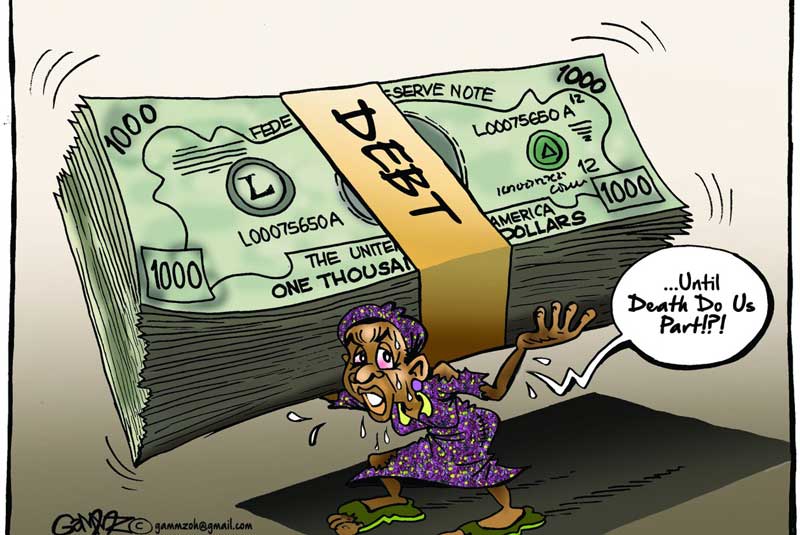×
The Standard e-Paper
Home To Bold Columnists

Controversy surrounding Kenya’s debut Eurobond is fast fading from public discourse. However, taxpayers will this year be reminded, in a painful way, of its existence.